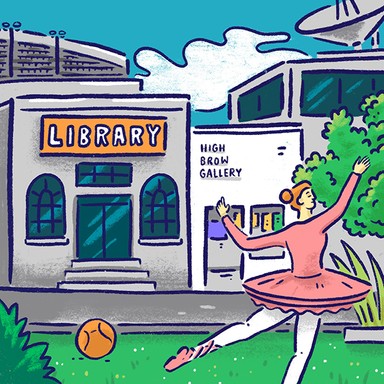
Timaru District Council

Rates and revenue
The work of local government is funded mainly by property taxes in the local area, known as rates. This makes up around 60% of council expenditure, with the rest coming from user charges, investment income, regulatory fees and roading subsidies. Councils can also borrow money to spread the cost of large investments such as infrastructure over a longer period of time.

Rates and revenue
The work of local government is funded mainly by property taxes in the local area, known as rates. This makes up around 60% of council expenditure, with the rest coming from user charges, investment income, regulatory fees and roading subsidies. Councils can also borrow money to spread the cost of large investments such as infrastructure over a longer period of time.
Council debt will be quarter of a billion dollars by 2031. This needs to be reduced. Growing our economy is essential to reduce this burden.
Timaru District Holdings (TDHL) investments must be in strategic assets only, not property, as TDHL should not be a property development company.
Spending must be sustainable and in line with affordable rates and ensure that council debt does not burden future ratepayers.
We should not delay spending where needed and risk escalating future costs (a stitch in time saves nine).
Infrastructure sustainability to ensure the work we do today is fit for purpose for today and tomorrow and avoid future mitigation costs.
Strive for efficiency through good governance of council policies and processes.
Making effective efficient changes to ensure that ratepayers are receiving the best value for money.
Ensure fees and charges on council facilities remain affordable for all members of our community.
Focus on delivery. Ensure ratepayer money is not wasted and council openly contracts work.
Continue sound financial management policies and ensure our debt costs are shared fairly across the community and generations.
Investigate public/private partnerships for development of recreation, sporting and cultural facilities.
Continue to actively seek external funding assistance from central government, particularly to claim our fair share of taxes for roading.
Minimise rates increases until the huge list of current works is underway or near completion. We are an ageing, older demographic here.
Reduce some of the excess council staff and overheads to minimise costs that must be borne by all. Loose the dead wood in Timaru District Council.
Encourage more opaqueness in the operations of Timaru District Holdings, the Timaru District Council investment company.
Introduce a rates freeze for at least a two year period.
Make a start on reducing council debt.
Council debt will be quarter of a billion dollars by 2031. This needs to be reduced. Growing our economy is essential to reduce this burden.
Timaru District Holdings (TDHL) investments must be in strategic assets only, not property, as TDHL should not be a property development company.
Spending must be sustainable and in line with affordable rates and ensure that council debt does not burden future ratepayers.
We should not delay spending where needed and risk escalating future costs (a stitch in time saves nine).
Infrastructure sustainability to ensure the work we do today is fit for purpose for today and tomorrow and avoid future mitigation costs.
Strive for efficiency through good governance of council policies and processes.
Making effective efficient changes to ensure that ratepayers are receiving the best value for money.
Ensure fees and charges on council facilities remain affordable for all members of our community.
Focus on delivery. Ensure ratepayer money is not wasted and council openly contracts work.
Continue sound financial management policies and ensure our debt costs are shared fairly across the community and generations.
Investigate public/private partnerships for development of recreation, sporting and cultural facilities.
Continue to actively seek external funding assistance from central government, particularly to claim our fair share of taxes for roading.
Minimise rates increases until the huge list of current works is underway or near completion. We are an ageing, older demographic here.
Reduce some of the excess council staff and overheads to minimise costs that must be borne by all. Loose the dead wood in Timaru District Council.
Encourage more opaqueness in the operations of Timaru District Holdings, the Timaru District Council investment company.
Introduce a rates freeze for at least a two year period.
Make a start on reducing council debt.
Mayor
Compare the mayoral candidates in your area
Local council
Compare the candidates for your city or district council
Regional council
Compare the candidates for your regional council
Local board
Compare the candidates for your local or community board







